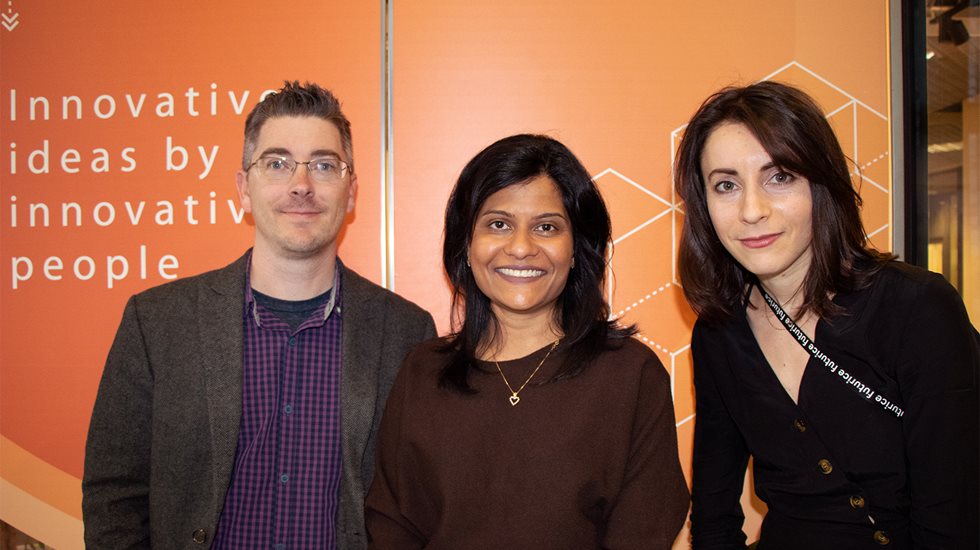There are four key objectives of a lean framework:
-
To validate that the business problem is really a problem worth solving, i.e. it really does unlock significant value for customers and the business
-
To evaluate several solution alternatives and validate which solution approach/technology best resolves the problem
-
To validate the magnitude of value in terms of customer satisfaction, sustainability impact, revenue potential, profitability impact etc.
-
To validate that the technology/solution is scalable in terms of its performance, application to other businesses/products etc.
In order to validate the problem and to validate the solution alternatives, we talk to those affected by the problem and the solution i.e. the real users. This is where service design comes into the picture.
Using service design tools like focused interviews, observation studies, and various canvases we try to understand the persona of the users, their key motivations, and the challenges related to the tasks they perform. We synthesize and analyze the key findings from these user studies and formulate the core problem statement. This helps us to validate if the original problem is still valid or if we learnt something new.
Based on the problem and the key challenges of users, we then run a solution hack with paper prototypes. At this stage again, we involve the users and give them an exercise to draw up an app or a service which they think will best resolve the problem/opportunity at hand.
From our experience this service design approach is an extremely good way to develop a granular understanding of what goes on at different touchpoints of a typical user/customer journey.
Why does service design work?
We have received very good feedback on this approach and there are several reasons why this works:
- Everyone likes to be heard, it is basic human nature. Our experts have the best knowledge of our products, solutions, customers etc. Hence it makes complete sense before we jump into building a new digital product/service that we ask the experts!
- Involving users from the start of the development process lowers the barrier for adoption when the service is eventually introduced.
- Having a substantial amount of direct user/customer feedback helps to build a strong business case and sell it internally.
- In doing user and problem research the focus is on the entire journey, not just a single app/service. The main ambition is to build a delightful experience not just a fancy app.
- Perhaps most importantly, this is a creative process which helps to unleash the creativity of the users involved. We allow sufficient room for individuals to present their own idea of the solution and then group them together to get a more all-rounded perspective on the solution.
An example project is when we brought together our sales, product & engineering teams in York in the USA to create an app targeted at providing a better employee and customer experience. We applied this lean framework and service design methods to interview the potential users of the app and also had them test it while building it iteratively. The users were happy that they were part of the app right from the start, so there were no surprises for them at the launch stage. They had extremely valuable inputs throughout the design, build, and test phases.
It’s not just about the ideas or technology, it’s a lot about the people who will use them. Service design is a very good approach to make sure people feel heard and involved in the launch of new ideas and technologies.

